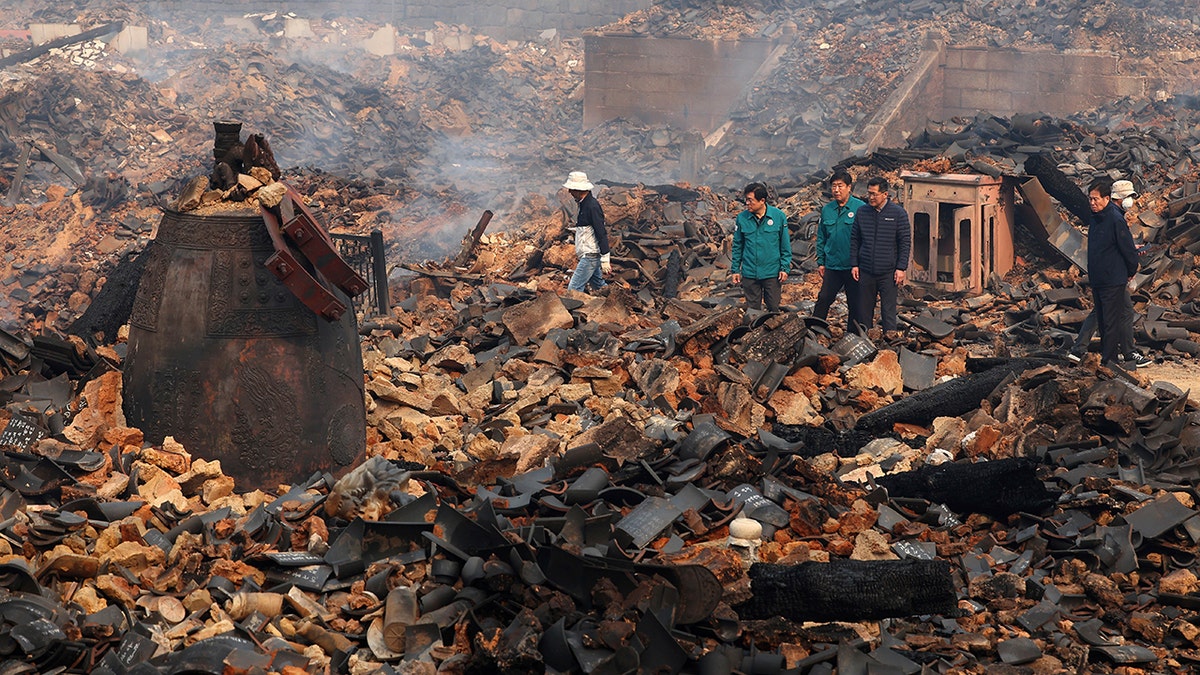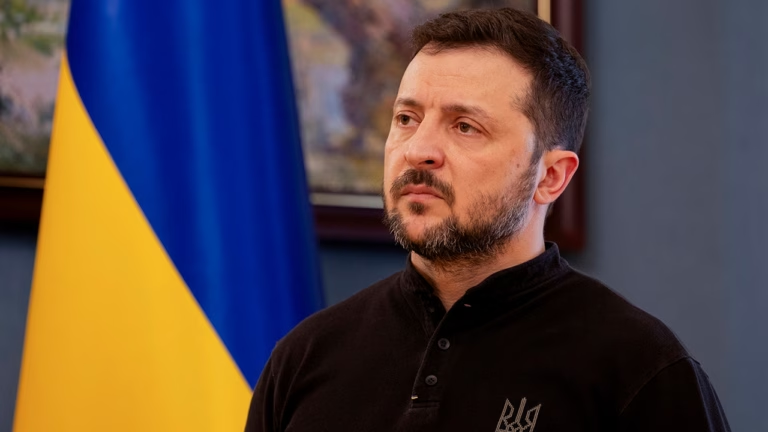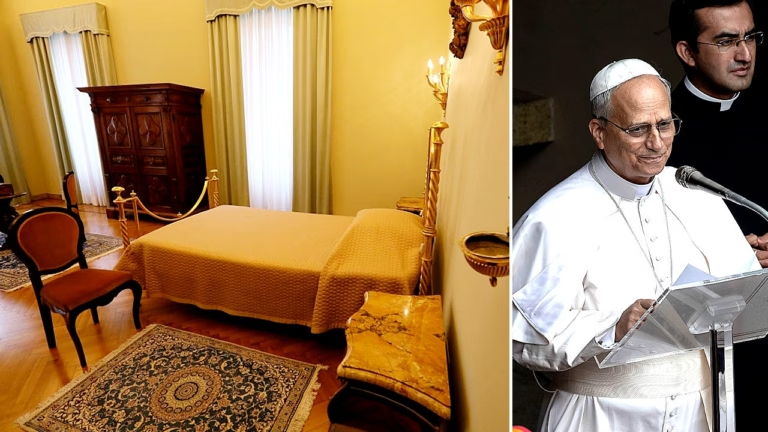Unprecedented wildfires have been devastating South Korea’s southern regions, resulting in the destruction of significant parts of an ancient Buddhist temple complex. Two buildings, recognized as national treasures, have been entirely consumed by the flames.
These wildfires, which have raged for five days and are considered among the worst South Korea has faced, have claimed the lives of 24 people, destroyed over 300 structures, and forced more than 28,000 residents to evacuate, according to officials.
Motorcyclist Who Vanished Into Sinkhole Is Found Dead Following Search
The Gounsa temple, originally constructed in 681 A.D. during the Shilla dynasty, is situated at the foot of Deungun Mountain in the southeastern town of Uiseong. Although the temple does not house buildings from the Shilla period, it is home to several significant cultural heritage sites built later.
The temple was engulfed in flames on Tuesday due to strong winds that exacerbated the wildfires. Out of its 30 buildings and structures, approximately 20 were completely burned down. Among these were the revered Gaunru, a pavilion-built in 1668 overlooking a stream, and Yeonsujeon, constructed in 1904 to celebrate a king’s longevity, according to the state-run Korea Heritage Service.

A bell is seen broken on the remains of the bell pavilion due to wildfires at Gounsa temple in Uiseong, South Korea, Wednesday. (Kim Do-hoon/Yonhap via AP)
Both the Gaunru and Yeonsujeon were constructed during the Joseon dynasty and had received government designations as “treasures,” recognizing their historic and artistic value and ensuring their protection and maintenance by the state.
“I went there this morning and found they’ve been reduced to heaps of ashes,” said Doryun, a senior monk who had lived at the temple for over three years when younger. “I feel really empty. Life is transient.
Doryun, now working for a Buddhist organization responsible for the temple, mentioned that monks and faithful followers managed to save the temple’s third “treasure,” a stone Buddha statue built in the 8th century, by moving it to a safe location.
“Many buildings were burned down, but we moved and protected other sacred assets so that we can maintain the temple. We feel it’s very fortunate,” Doryun told The Associated Press over the phone.
Though about 20 monks and workers reside at the temple, fortunately, none have been injured. The Korea Heritage Service confirmed that the temple’s two other lower-level cultural assets, including a stone pagoda, have also survived intact.







